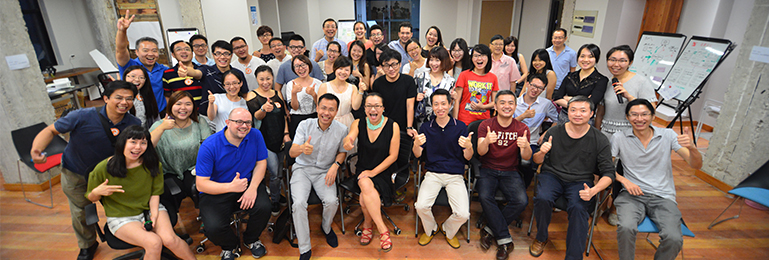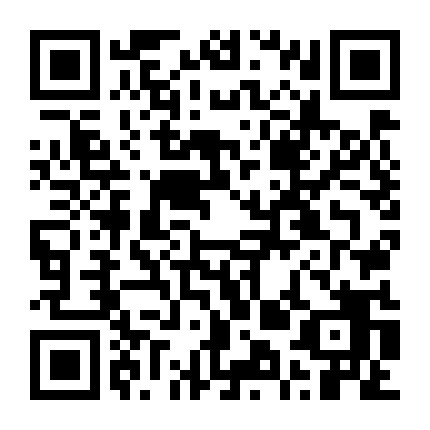- English
- 中文
Connected Consumer Health Workshop

Top Ten takeaways from the workshop
1) Connectedness in healthcare is the emotional and physical feedback.
It's not only about data, sensors or digital records; there is untapped value in understanding gaining feedback in what people are experiencing, what, where and how their physical and emotional needs are being impacted.
2) Mindsets are shifting, B2B is becoming B2C, and however there are gaps in how firms acquire, engage, and service consumers.
Although the market for connected consumer healthcare is meant to be huge in the next couple of years, the reality is that it will still take some time for it to become main stream. Many of the largest producers of healthcare devices and services are great at selling to customers, but not ready to sell to consumers. Also, Chinese consumers while eager to try and use digital devices but current products or services don't fully meet their needs or expectations regarding price, security, lack of unique features, user experience and knowing how to interpret our personal data.
3) The market will move from "Connected Care" to "Integrated Care"
Currently people are still figuring out what to do with "smart devices", trying multiple "healthcare apps" and looking for ways to integrate healthcare services via the cloud & big data. However, the future will include a more personalized and integrated care, real-time communication and monitoring via artificial intelligence and stronger digital eco-systems.
4) China will leap forward with digital innovations, sometimes it's easier to build the new rather than update the old:
China is undergoing a huge healthcare transformation and through partnerships, the digital health eco-systems is being built: local & foreign investment, government reforms, computing power & analytics, consumer desire and manufacturing power.
Other synergies driving this change are related to China's unique market characteristics (i.e. staggering mobile penetration) or by China's healthcare system problems (i.e. huge nationwide shortage of doctors, corruption and bad doctor-patient relationships).
5) Technology Leap. Machines are learning and are getting better at recognizing emotions.
Machines can learn: they can recognize when we are happy, sad or scared, they can program themselves and change the reactions for a more personalized response. The role of artificial intelligence, meeting emotional intelligence is definitely something to be defined and discussed as we develop smarter products and services in a complex environment. At the same time, it was great to see how companies like Intel & IBM are working to improve the computing power and offering better cloud based solutions that can help bridge the technological gap in the future connected healthcare space.
6) Co-creation is needed to develop great connected consumer health products
Consumer facing companies understand consumer behavior, technology companies can create devices and life science companies can understand the disease and medical expertise but they all need to work together to build powerful products with the right business model. It will be extremely hard and potentially dangerous for firms to take on this challenge all alone.
7) Great ideas come from open collaboration & being Human Centered
When you let diverse groups of people run through a design thinking process and openly collaborate, prototype and share their different perspectives, the results are grounded concepts, based on needs. At the end of the JAM, outcomes included an 360 oral care platform, a children tooth brush, Medical bus for senior citizens, smart "anti-stress" shoes and a couple of pre-natal care apps to help pregnant women identify diseases and conditions which unattended lead to irreparable harm and also increase convenience in hospital core functions like: registration, appointments, family contact, etc.
8) A dedicated space for Co-creation now exists in Shanghai
It was great to run our JAM in the new co-creation center, in Shanghai called WeCo. A facility, where people, tools and environment come together to create. WECO is very flexible space, designed to change layouts for different activities like presentations, smaller team discussions, prototyping, casual conversations and brainstorming. Having great facilitators is very important for great workshops but having a creative and nice space, to set the mood is also a key!
9) More research is needed about connected healthcare in China.
There is definitely a lot going on around digital healthcare in China, because it overlaps different areas: wearables, IoT Internet of things, mobile devices, smart home, mHealth and understanding the hospitals, pharmaceutical industry and on-line retail. We see the need to go back to the Chinese consumers and really understand their attitudes, barriers and aspirations towards connected consumer healthcare and what does this means in the China context. With Baidu, Alibaba, Tencent, Xiaomi and other local players also entering the space, mapping the ecosystem is becoming more important.
10) Speeding up innovation, or just being more efficient.
More and more, we are seeing the need for more accuracy, accountability and positive energy towards innovation in corporate organizations. 24 hr. jam is a great way to kick starting, helping organizations understand what human centered really means, how to collaborate, flexing under used creative muscles to develop innovative ideas. For us, it is always great to see how teams that for the first time are experiencing a user-centered design process, especially when they were so worried about even being able to finish the challenge, in the end they were able to design great products and services.
Most importantly, with the right support and facilitation, the teams were able to start to craft strong value propositions and business models.

